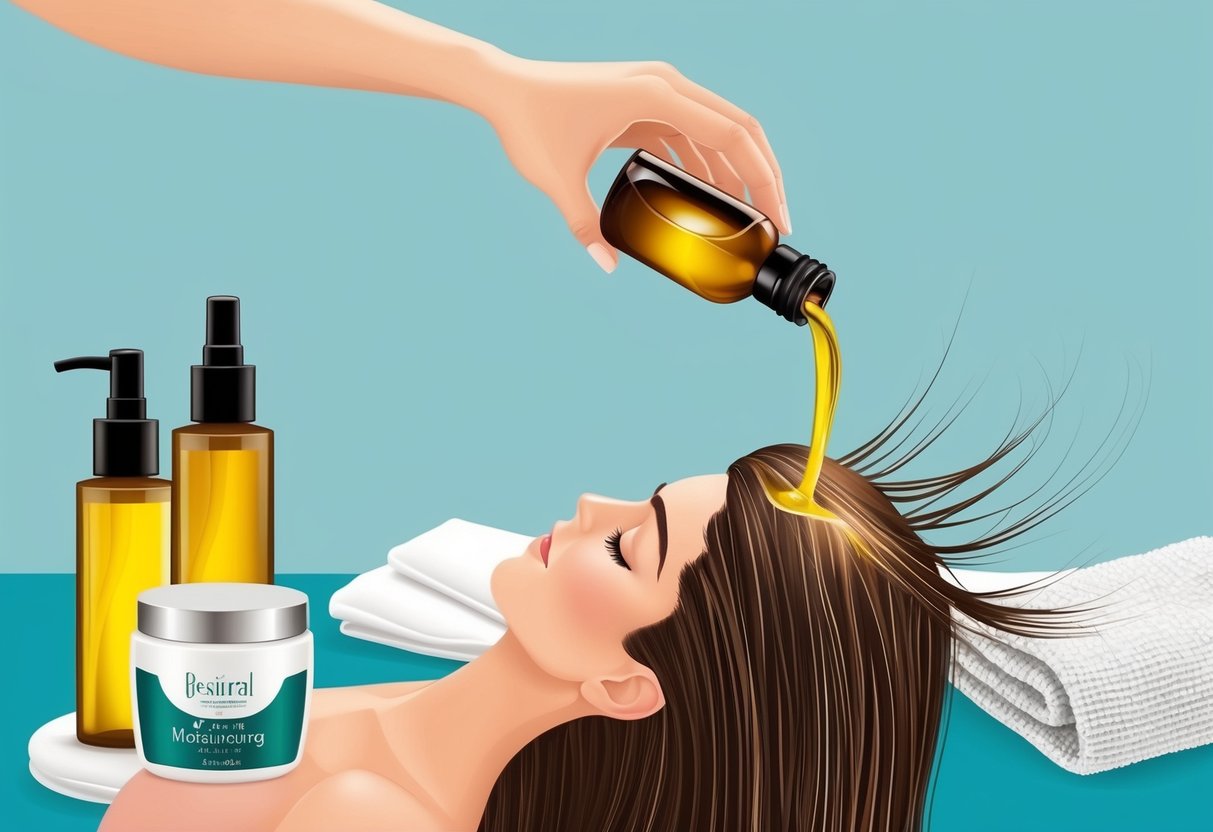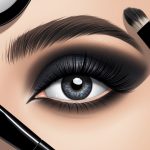Best Hair Care Routine for Damaged Hair: Expert Tips for Stronger, Healthier Hair
Choosing the Right Styling Tools
The materials and quality of styling tools make a significant difference in preserving hair health.
Ceramic, tourmaline, or titanium plates on flat irons and curling irons distribute heat more evenly and reduce the risk of hotspots.
This even heat application helps minimize breakage and split ends.
Look for brushes and combs designed specifically for detangling, which can limit mechanical damage when hair is wet or fragile.
Wide-tooth combs are gentle on delicate strands, while boar bristle brushes can help reduce static and smooth the hair cuticle.
Replacing old or faulty heat-styling tools can also make a difference.
Tools that snag hair or heat unevenly contribute to increased damage over time.
Limiting Chemical Treatments
Hair coloring, perming, and relaxing introduce harsh chemicals that weaken the hair shaft, leaving it porous and prone to splitting.
Breaks often occur when multiple treatments are combined or performed too frequently.
To maintain stronger hair, minimize the frequency of chemical treatments and seek professional help for application.
Ask for gentler formulas or ammonia-free dyes when possible.
If hair is already damaged, allow plenty of time between treatments to let hair recover.
Deep conditioning between treatments is essential.
This helps restore lost hydration and makes the hair more resilient before another session.
Those who color or chemically straighten hair often experience more split ends and breakage, so extra care is vital.
Moisturizing and Hydrating Techniques

Proper hair care for damaged hair focuses on restoring lost moisture, protecting strands from further harm, and using targeted products designed to combat dryness and frizz.
Consistent use of hydration techniques, nourishing oils, and leave-in treatments can significantly improve hair health and manageability.
Hydration Tips for Dry Hair
Dry hair quickly loses its natural moisture, leaving it vulnerable to breakage and split ends.
To maintain hydration, it is important to avoid harsh shampoos and to wash hair with lukewarm water.
Hot water removes essential oils, leading to further dryness.
Deep conditioning treatments help replenish moisture.
Experts recommend using products that include ingredients such as fatty acids, silk proteins, and humectants.
A weekly deep treatment routine can repair and strengthen strands, minimizing frizz and brittleness.
For optimal results, wrap the hair gently with a towel or t-shirt rather than rubbing it dry, as rough handling can increase damage.
Best Hair Oils and Serums
Applying hair oils and serums is effective in sealing in moisture and providing ongoing protection from environmental factors.
The most beneficial oils for damaged hair include argan oil, coconut oil, and jojoba oil.
These oils penetrate the hair shaft and deliver essential nutrients that help smooth cuticles and prevent further breakage.
Serums are particularly helpful for those struggling with frizzy hair.
They offer lightweight hydration and create a protective barrier against humidity.
It is best to apply oils and serums to the mid-lengths and ends, focusing on areas that are most prone to dryness.
For more detail on effective treatments, see this expert advice on repairing damaged hair.
Leave-In Conditioners for Daily Use
Leave-in conditioners can be essential for those managing dry or damaged hair.
These products are designed for daily use, providing lightweight but continuous hydration throughout the day.
Look for leave-ins containing hyaluronic acid, panthenol, and conditioning oils that support softness and manageability.
Apply leave-in conditioner to damp, towel-dried hair after washing.
This helps lock in moisture, detangle strands, and reduce breakage during styling.
Routine use of these products improves hair texture while offering an extra layer of protection against heat and environmental stressors.
For more recommendations on building a routine, visit Beauty Bay’s guide to haircare for dry, damaged hair.
Trimming and Preventing Split Ends
Regular trims are essential for managing damaged hair and minimizing split ends.
Recognizing when it’s time for a haircut and adopting effective split end prevention can help maintain stronger, healthier hair.
How Often to Trim Damaged Hair
Damaged hair tends to develop split ends and breakage more quickly than healthy hair.
Experts recommend scheduling trims every 8 to 12 weeks for those experiencing frequent breakage or visible damage.
This routine helps remove the weakened ends and keeps splits from traveling up the hair shaft, which can cause further damage.
For hair that is chemically treated, heat-styled often, or exposed to frequent coloring, considering even more frequent trims can be beneficial.
Keeping up with regular trims is key for those working to restore hair strength and appearance.
A professional stylist might recommend individual schedules based on hair health, but the general window is within three months.
Preventing split ends is not solely about cutting hair; it also involves daily practices.
Being gentle when detangling, using a wide-tooth comb, and avoiding rough towel drying can limit mechanical stress on vulnerable strands.
Hydrating hair with leave-in conditioners and protective serums also plays a significant role in minimizing breakage.
For more prevention tips, these expert recommendations are useful.
Signs You Need a Trim
It’s important to know the signs that indicate a trim is needed.
When hair feels rough at the ends, tangles easily, or splits are visible along the hair shaft, a cut should be considered.
Split ends may cause an uneven, frayed appearance at the tips, and in severe cases, they can split higher up, leading to extensive hair breakage.
Other warning signs include a noticeable reduction in shine, persistent breakage during brushing, and a loss of elasticity when the hair is stretched.
If hair snags easily on fingers or brushes, it often means that split ends are present and need to be addressed.
Consistently ignoring these signals can make the damage worse, requiring even more length to be cut later.
Staying aware of these symptoms—and addressing them promptly—will help preserve hair length and improve texture.
It also ensures that split ends don’t progress into more significant hair health issues.
For more on managing damage, refer to expert strategies for repairing split ends and breakage.



